table of contents:
Do you find sewing machines too complicated for beginners? Why not choose a model that simplifies learning? With automatic threading, a one-step buttonhole, or a variable speed control? This easy-to- use sewing machine was created for sewing enthusiasts.
Discover tried-and-tested models that are ideal for both tight budgets and regular use. Learn to recognize features that take the guesswork out of sewing and get started with simple projects like a cushion cover, a tote bag, or curtain hems. Say goodbye to discouragement and enjoy sewing with the right tool!
What makes a sewing machine really easy to use?
Sewing is attracting more and more enthusiasts, but many hesitate to take the plunge, intimidated by the machines' apparent complexity. An easy-to-use sewing machine breaks down this barrier by prioritizing intuitiveness. It's not reserved for beginners, but offers everyone a user-friendly experience that transforms each project into a seamless experience.
A truly accessible machine combines simplicity and performance . For beginners, it avoids the frustrations of misunderstood settings and frequent errors. For experts, it frees up time to focus on creativity. The secret lies in a design thought out for practicality, where each function meets a concrete need without overloading the user.
Key features include an automatic needle threader, a clear stitch selector (mechanical dials or a touchscreen), and a top-loading bobbin system. These details allow you to spend less time on adjustments and more time on making projects. Clear instructions and online tutorials reinforce this accessibility.
For beginners, quick learning is key . An intuitive machine allows them to master the basics in 2 to 3 hours, with visible results from the very first seams. Experienced sewers, on the other hand, will appreciate the reduction in repetitive technical gestures, such as manually adjusting thread tension or changing presser feet.
Finally, ease of maintenance is as important as ease of use. Easy access to the bobbin, easy lint removal, and a simplified oiling system ensure a long, hassle-free life . This holistic approach transforms the machine into a silent ally, always ready to bring creative ideas to life.
To find the best, easy-to-use sewing machines, visit the Verotex collection. You'll find the finest models from renowned brands like Juki and Lewenstein.

Mechanical or electronic machine: the truth or the false for simple use
Sewing machines fall into two categories: mechanical, which are adjusted using dials, and electronic, which feature an LCD screen and automated controls. A common misconception persists: mechanical models are always more accessible. However, electronic models, while seemingly more complex, often simplify critical adjustments like thread tension.
The advantages of the mechanical machine for beginners
Mechanical machines offer minimalist operation. With fewer functions, they avoid option overload. Robust and generally less expensive, they appeal to those on a tight budget . Their maintenance is often simpler because parts are readily available. However, mastering manual adjustments requires initial training.
Advantages of the electronic machine for beginners
Electronic models combine practicality and comfort. Their guided interface offers predefined settings, eliminating guesswork. Features like one-step buttonhole, automatic threading, and variable speed control make repetitive tasks easier. Although their entry-level price is slightly higher, they limit errors thanks to their intelligent assistance .
|
Comparison: Mechanical vs. Electronic Machine for Beginners |
||
|
Ease of use criterion |
Mechanical sewing machine |
Electronic sewing machine |
|
Getting started |
Learning manual adjustments (voltage, etc.) |
Assisted, with often automatic settings and on-screen guides. |
|
Adjusting the points |
Manual via dials. Fewer choices, but can be more complex to optimize. |
Simple selection by button or screen. Length and width are often pre-set for optimal results. |
|
Comfort functions |
Limited. Buttonhole often in 4 steps, no speed variator. |
Numerous: automatic threading, 1-step buttonhole, backstitch, speed variator. |
|
Budget |
Generally more affordable at the entry level. |
Slightly higher entry fee, but becoming more democratic. |
|
Ideal for... |
Small budgets and those who want to learn the fundamentals of sewing mechanics. |
Those who seek comfort, simplicity and help to avoid getting discouraged. |
The choice depends on the user's profile. Enthusiasts who want to master the basics will opt for a mechanical model, while others prefer immediate efficiency and appreciate electronics.
Modern manufacturers, such as Elna, Lewenstein or Juki, even make electronic models accessible to beginners, breaking the myth of an insurmountable technological barrier .

Key features for effortless handling
Looking for an easy-to-use sewing machine that makes your life easier? Some models offer practical features like automatic threading, one-step buttonholes, variable speed controls, and a horizontal bobbin. With a free arm, optimal lighting, and intuitive settings, these machines are designed to make sewing accessible from the very first attempt.
Automatic needle threading
Say goodbye to the agony of threading! This feature inserts the thread into the eye with one click. Ideal for beginners or sewers with tired eyesight, it eliminates repeated attempts that lead to frustration. The result: less wasted time and more sewing pleasure. Did you know that 95% of mid-range models now include this feature? It also prevents thread breakage due to impatience, which is common among novices.
The automatic buttonhole in 1 step
A single press is all it takes to create a perfectly balanced buttonhole. No more tedious adjustments or symmetry errors. Adopted by 80% of modern models, it guarantees a professional result in a third of the time, without the risk of damaging the fabric. Compared to the 4-step method, it eliminates unnecessary steps that discourage beginners.
The speed variator
Beginners gain confidence with this progressive adjustment. Sewing slowly to master angles or thick fabrics becomes possible. Experts also appreciate it for demanding details. A study shows that 70% of users progress faster with this control . For example, sewing a rounded hem at 200 stitches per minute prevents slippage, unlike the 800 stitches per minute of a non-adjustable model.
The free arm
By removing the extension table, the free arm frees up space for easily handling sleeves or trouser hems. Found on 90% of recent machines, it makes circular sewing as easy as straight lines . A narrow sleeve sews without twisting, avoiding irregularities caused by tight spaces.
The horizontal can
Sliding the bobbin flat is more intuitive than placing it vertically. A single movement is enough to check the remaining thread level. This design, adopted by leading brands, reduces insertion errors that block novices . Unlike vertical bobbins, you simply place the spool without manipulating complex levers, saving time on each seam.
Simple adjustment of stitch length and width
Choosing between a straight stitch for a hem or a zigzag for a stretch is easy. Electronic models preset the settings via a menu, eliminating the need to turn the cranks. A beginner can adapt to any fabric in seconds. For example, a 2.5 mm stitch is suitable for most standard fabrics, while a 4 mm setting reinforces seams on thick jeans.
Good lighting of the work surface
Uniform, daylight-like light reveals details in dark or patterned fabrics. This avoids unnecessary touch-ups and maintains concentration. According to testers, optimal lighting reduces eye strain by 40% during long sessions. Choose LEDs with a CRI above 90 to effortlessly distinguish burgundy from deep black.
What budget should you plan for and how do you recognize good models?
For beginners, sewing machines under €300 combine affordability and functionality. They are usually mechanical or basic electronic, perfect for quick alterations or simple projects .
Models like the Lewenstein Fashion 100 or JUKI HZL-353 ZR offer lightweight and compact designs, making them ideal for small spaces. However, make sure you have essential features like straight stitch, zigzag, and reverse.
Between €300 and €700, the mid-range is the best compromise . These machines, often electronic, include features such as automatic threading or one-step buttonholes. They combine power and versatility for regular use, without sacrificing comfort. For example, some versions of Juki's HZL range justify this investment with their reliability and ergonomics.
Above €700, high-end models, such as the Supera 5523 , are aimed at enthusiasts or professionals. Their metal frame and powerful motor allow them to work with thick fabrics (canvas, leather) without excessive vibration. Stability and durability become key criteria, with weights around 8 to 10 kg to reduce the risk of premature wear.

A cross-cutting quality: robustness and stability
A good machine can be recognized by its structure. Models with metal parts are more resistant to friction and last more than 25 years . Weight is a reliable indicator: a light machine (around 5 kg) may lack stability, especially at high speeds. On the other hand, a heavier version guarantees better control, even on complex thicknesses.
Brand reputation also matters. Brands like Juki, Janome, and Lewenstein have well-known after-sales services. Choose salespeople with concrete reviews on responsiveness and transparent warranties.
To choose a sewing machine, you must:
-
Focus on the essential functions : A straight stitch, a zigzag and a reverse stitch are enough to get started.
-
Prioritize robustness : A machine with a metal chassis is more resistant to wear, even on a small budget.
-
Check after-sales service : Clear instructions and accessible after-sales service avoid unexpected frustrations.
Your machine is chosen: where to start? 5 ideas for easy first projects
Have you just purchased a simple sewing machine and are itching to sew? Here are 5 simple and motivating projects to help you get familiar with your new creative partner. These accessible projects will quickly transform your machine into an everyday companion.
-
The cushion cover (wallet type)
Perfect for beginners, this cover teaches you how to sew precise straight seams and how to join two pieces to create volume. It's an ideal project to understand how your easy sewing machine works on a real-life model.
-
Washable makeup remover wipes
This quick project transforms your fabric scraps into useful accessories. It's a great practice for sewing small pieces evenly and mastering topstitching to prevent fraying.
-
The simple tote bag
Timeless and practical, this basic bag introduces you to essential techniques: solid seams, forming the bottom and adding handles. Achievable without a complex pattern, it quickly becomes an everyday essential .
-
A hair scrunchie
Very quick to make, this practical project teaches the technique of sewing tubes and elastic. It's ideal for practicing curves and subtle finishes.
-
Hemming pants or curtains
This practical exercise is often underestimated. It allows you to get used to the settings adapted to the fabrics and to gain confidence in useful everyday alteration work .
Each completed project strengthens your comfort level with your easy sewing machine. These accessible projects are fun steps toward gradually mastering the basics of sewing , whether you are a beginner or experienced.
The final word: simplicity at the service of your creativity
Choosing an easy-to-use sewing machine isn't a compromise, it's a way to unleash your creativity . Intuitive designs eliminate technical frustrations, no matter your skill level. Thoughtful simplicity transforms ideas into tangible results, without getting bogged down in unnecessary adjustments. Why burden yourself with rarely used features when most projects require perfectly mastered basic stitches?
Beginners gain confidence with essential features like the free arm and simplified threading, while experts will appreciate the effortless precision. By avoiding gimmicks, you're investing in a robust tool that's tailored to your real needs.
Imagine a perfect straight hem in minutes or a personalized cushion in an evening. The joy of sewing lies in these small victories, accessible to everyone. Choosing a balanced machine boosts efficiency and motivation. So, what are you waiting for? Let your creative desires run wild, without complexes or constraints? Visit Verotex to find the sewing machine that's right for you.

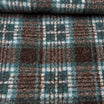
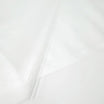



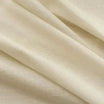
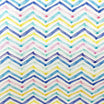


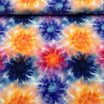

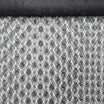








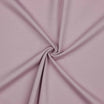


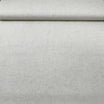

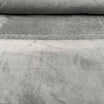








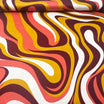



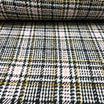
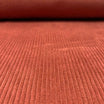


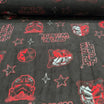
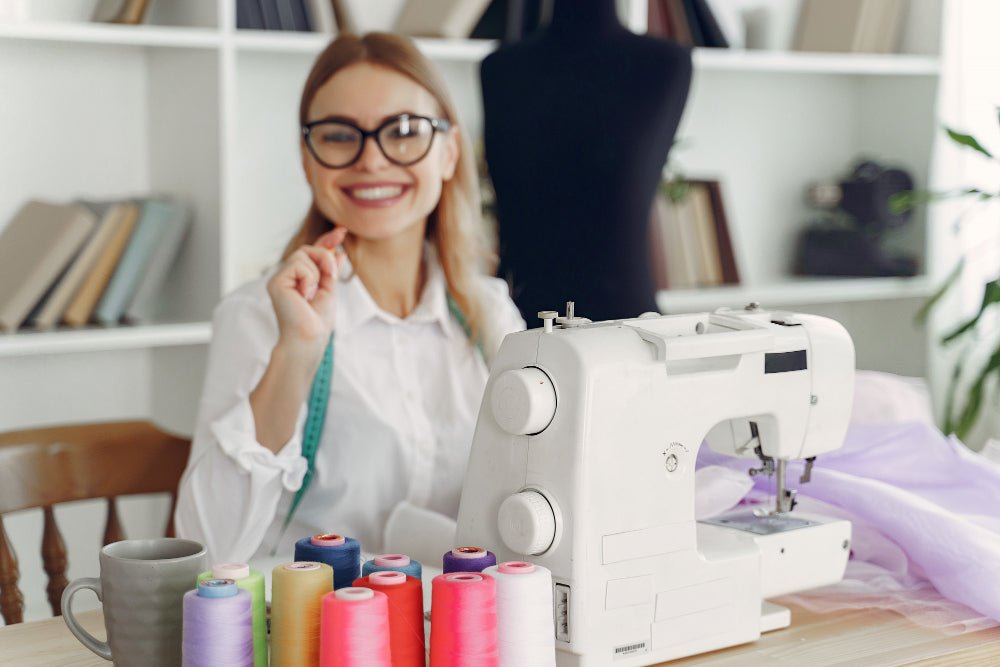
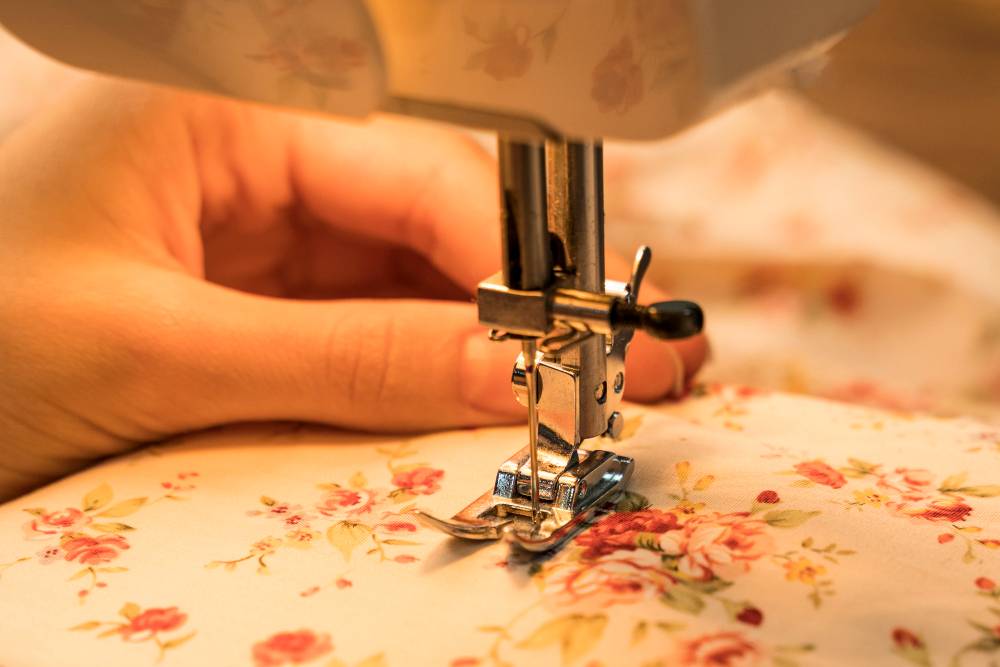
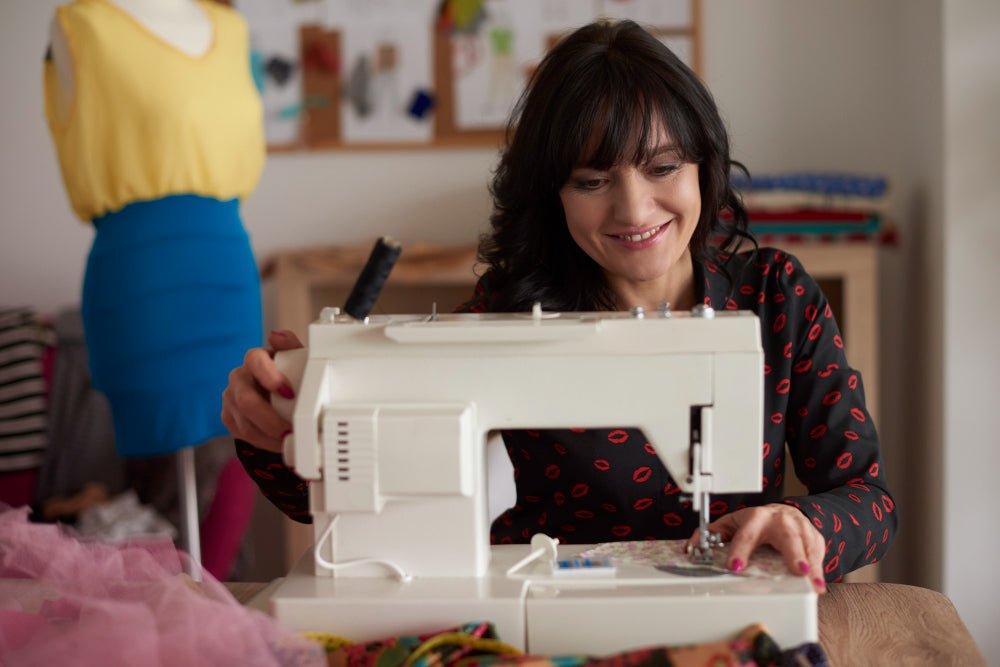
Leave a comment
All comments are moderated before being published.
This site is protected by hCaptcha and the hCaptcha Privacy Policy and Terms of Service apply.